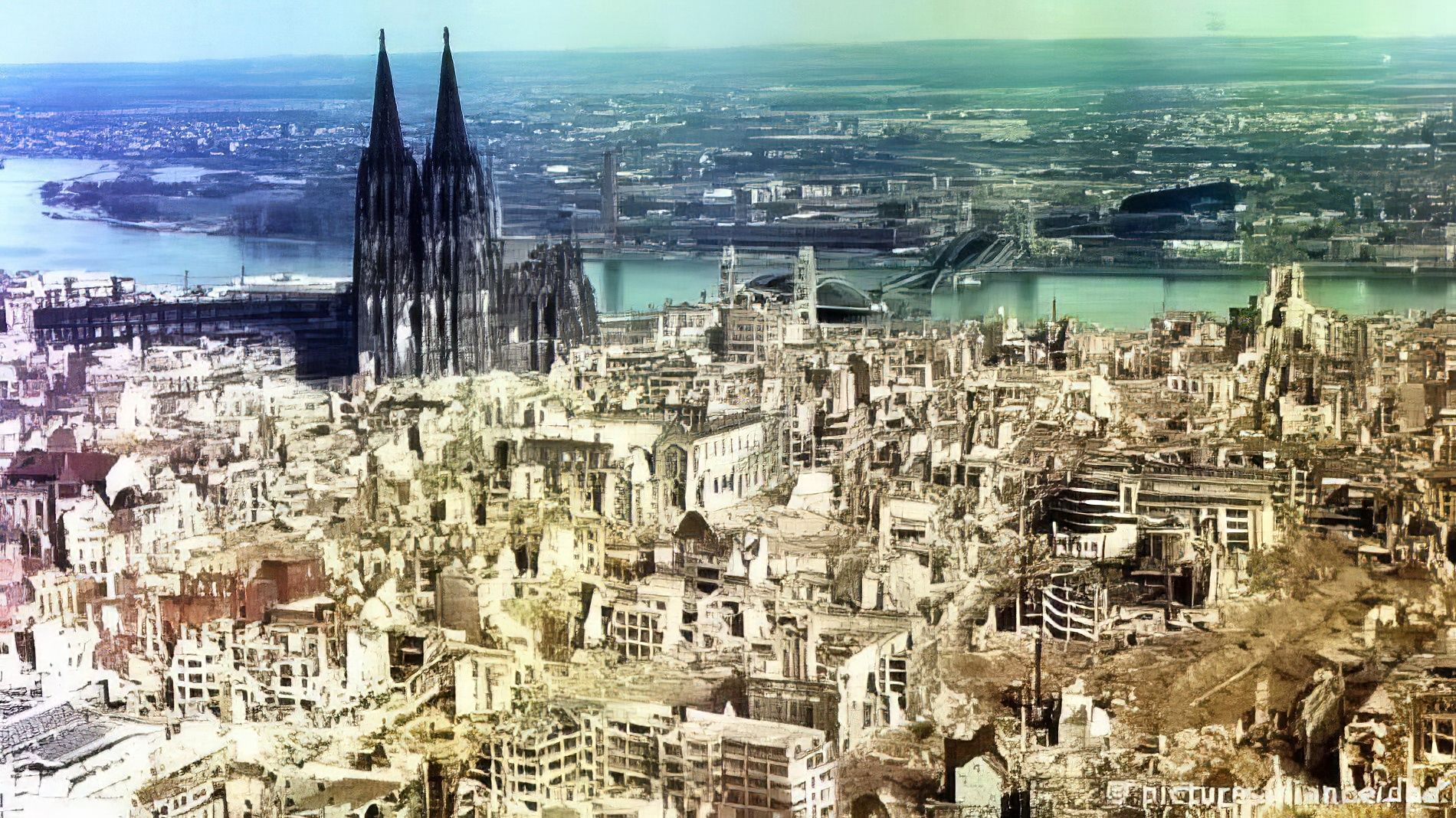
Collateral Damage Frequently Misunderstood
Britannica Dictionary definition of COLLATERAL DAMAGE -“forms of damage including deaths and injuries that are a result of the fighting in a war but happen to people who are not in the military”
The misunderstanding comes from many people and commentators indicating that such damage is unintentional or accidental. The reality throughout history and in modern times is that most collateral damage has been planned in order to accomplish military goals. Viking raiders burned villages and murdered the inhabitants. The Crusaders battled not just against Muslim warriors but against the towns people. Bombing by both the Allies and the Axis powers of major population centers in WWI and WWII was frequently intended to demoralize the civilians of the enemy power by demonstrating that their government could not protect them. Eliminating their homes and killing hundreds of thousands as well as affecting war production were seen as an additional benefit which was openly discussed. It was also significant that the ‘civilians’ included family and friends of soldiers of the opposition and the hope on both sides was to reduce resistance and the desire for revenge was a factor. Are these not logical goals even if in practice the results were seldom what was hoped as regards morale? Nuclear weapons magnified all of the results and amplified the terror.
Collateral damage might even be considered acceptable against allies. When the Allies invaded Europe – many French civilians were killed by aerial bombardment for example in St Lo. That was predicted and considered an acceptable price to accomplish the goal of freeing Europe from the Axis powers.
In the context of ‘The Natural Order of Things’ collateral damage planned and otherwise will always occur because it is in the nature of man to try to emerge victorious. The members of the United Nations who protest collateral damage, including the United States, Great Britain, Germany and Russia have made ‘collateral damage’ an important part of their military history.